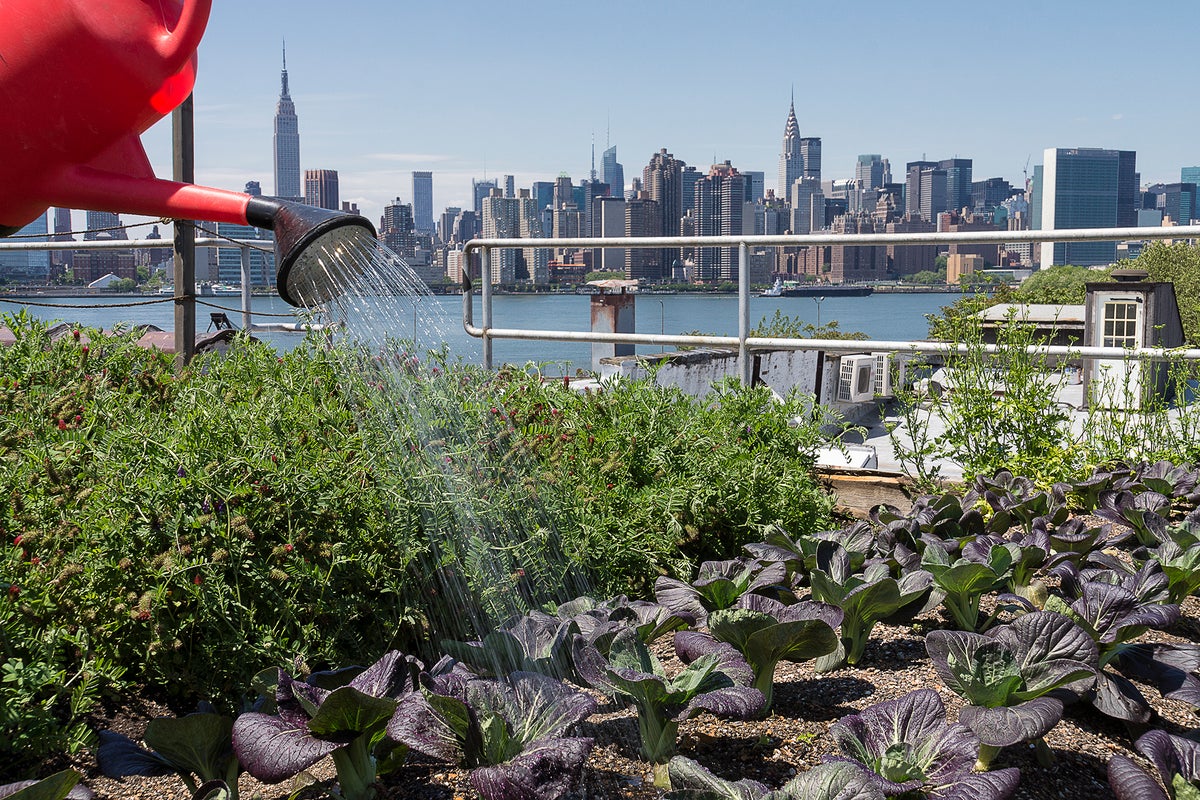Facts About City Blooming Uncovered
Facts About City Blooming Uncovered
Blog Article
Facts About City Blooming Revealed
Table of ContentsIndicators on City Blooming You Need To KnowIndicators on City Blooming You Should KnowSee This Report about City Blooming4 Easy Facts About City Blooming DescribedSome Ideas on City Blooming You Should Know
Interested in growing food available in the City of Chicago? Considering starting an area garden? Modifications to the Chicago Zoning Ordinance enable farming uses like area yards and urban farms in numerous components of the city. Below is a checklist of regularly asked inquiries relating to the guidelines and guidelines that growers need to think about when intending an urban agriculture project.
The zoning change does not modify any kind of other codes handling composting, building permits, purchasing or leasing City possessed residential property, service licenses or environmental contamination. There are existing codes that manage these issues and they continue to be completely result and might be appropriate to your task. Area gardens are commonly had or handled by public entities, public organizations or community-based organizations and preserved by volunteers.
Urban ranches expand food that is meant to be marketed, either on a nonprofit or for-profit basis. Due to their commercial purpose, metropolitan farms call for a service permit. Yes. A community garden is permitted to sell surplus create that was grown on website if the sales are accessory or subservient to the yard's primary objective explained above.
Examine This Report on City Blooming
The amount of garden compost product can not surpass 25 cubic yards at any kind of offered time according to the requirements in 7-28-715 of the City's Municipal Code. Since the dirt at the majority of new garden sites requires modifying, garden compost, soil, wood chips, or other materials can be obtained to create or improve the growing space.

If a structure license is required after that the hoophouse will certainly be taken into consideration an accessory building. You can learn even more regarding the building license demands by contacting the Division of Buildings. The 25,000-square-foot size restriction is meant to stop a solitary neighborhood yard from dominating an offered block or detracting from the block's existing residential or commercial personality.
The limit does not use to gardens situated in Public Open Room (POS) areas. Can there be even more than one community yard that is 25,000 square feet on a solitary block? Fencing is not called for, nevertheless, yards that have large vehicle parking locations may be required to set up secure fencing or other landscape design attributes.
Indicators on City Blooming You Need To Know
B1 & B2 districts need that all commercial usage activities be carried out inside your home. Is fence needed for city farms? Fences might be called for, along with landscape design and screening, for specific parking areas and exterior work or storage space locations depending on area and the particular task taking location.
Yes. Urban farms need structure licenses and zoning authorizations before construction. Various other kinds of city testimonial may be needed depending upon certain frameworks, activities, dimension, landscaping, licensing, public heath and stormwater monitoring concerns. Numerous of these requirements are identified in the project style or permitting procedure, however, the applicant might be liable to independently determine details licenses or permits that may be called for.
Yes. The sort of license is identified by what is happening at the website. The Division of Business Matters and Consumer Defense can aid determine the certain sort of company certificate that's needed. Yes. Off street car parking is needed for the majority of industrial tasks in Chicago. The required number of car park spaces is based on the number of staff members working on site and not the square video of the growing area.
Getting The City Blooming To Work

Yes. A metropolitan farm can market compost material produced on site, nonetheless, the procedure has to abide by the policies in 7-28-715 of the Chicago Municipal Code. Yes. Aquaponic systems are enabled inside on metropolitan ranches in lots of zoning areas. However, a zoning testimonial and building permit is needed in order to install structures or systems and a business license is called for as explained over.
As much as five hives or nests of honey may be maintained as an accessory use. Beekeepers should register with the Illinois Division of Agriculture. For more details concerning the recommended zoning modification you may get in touch with the Department of Housing and Economic Growth, Bureau of Planning and Zoning at 312.744.8563.
Farming in cities and metropolitan locations A metropolitan farm in Chicago. Urban farming describes various techniques of growing. https://packersmovers.activeboard.com/t67151553/how-to-connect-canon-mg3620-printer-to-computer/?ts=1719460146&direction=prev&page=last#lastPostAnchor, handling, and dispersing food in city locations. The term additionally relates to the area tasks of pet husbandry, tank farming, beekeeping, and horticulture in an urban context. Urban farming is distinguished from peri-urban agriculture, which happens in backwoods beside suburban areas.
What Does City Blooming Do?
It can include a motion of natural farmers, "foodies" and "locavores", that seek to create socials media based on a shared principles of nature and area holism. These networks can develop by method of official institutional assistance, becoming incorporated into neighborhood town as a "change town" motion for sustainable urban growth.
Some of the first evidence of urban farming comes from Mesopotamia.
Report this page